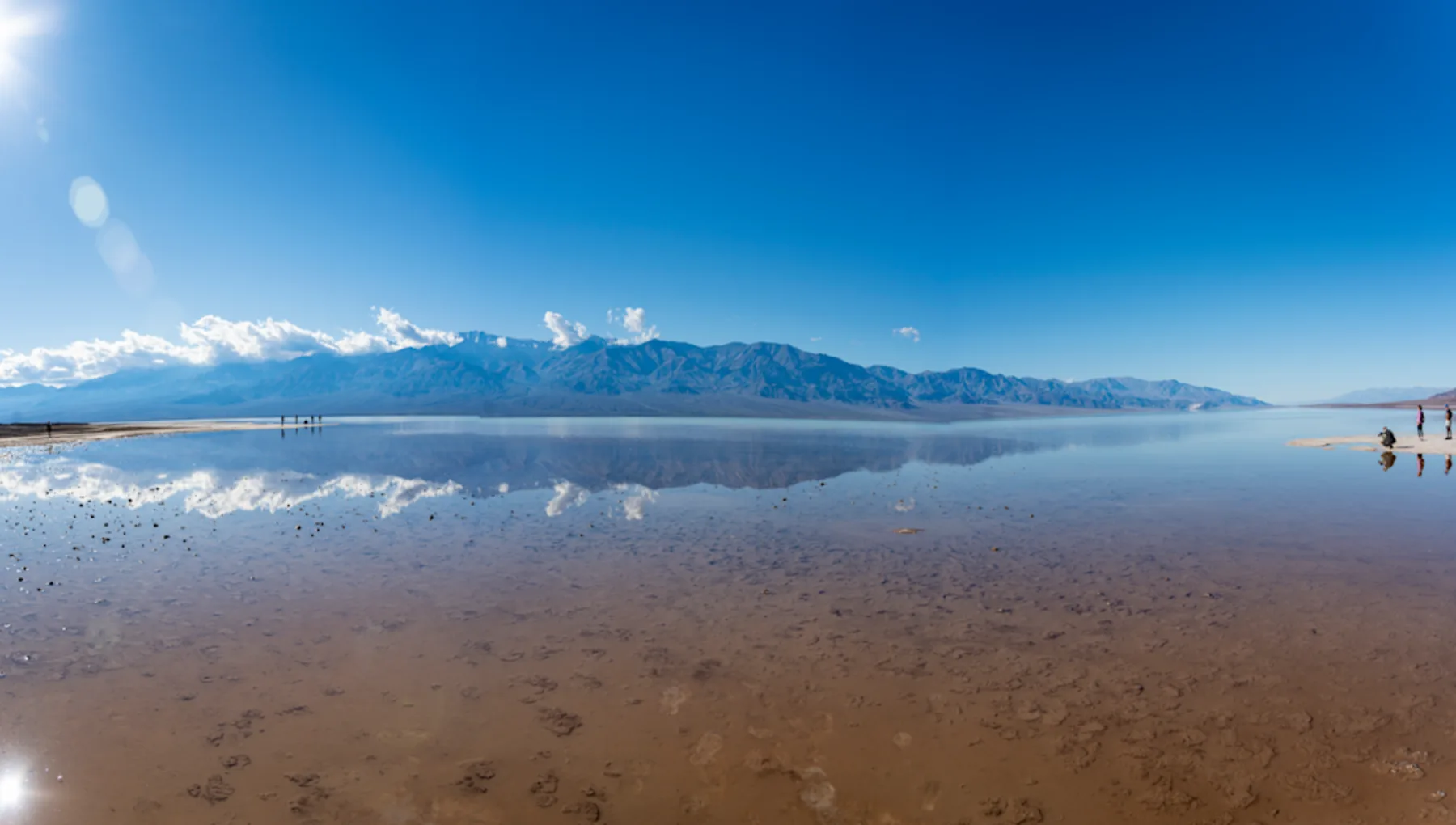Discover Death Valley in Bloom
Water is precious in Death Valley, so the bountiful rains the desert experienced this fall and winter are a good omen that wildflowers will be plentiful this season – a phenomena that can be decades in the making.
“Reservations are high with anticipation, but many rooms are still available,“ said Rick During, the General Manager of The Oasis at Death Valley – the only resort located on a true American Oasis in the middle of the 3.4 million acre national park. “The East has its fall foliage and Death Valley has its legendary flowers–and when the conditions are right–it can be a lifetime in the making.”
Many enthusiasts think that this may just be “the year,” and it seems that they are correct. It is only February, and many are optimistic.

With the extremely damp fall and winter, Mother Nature may just give the fields of wildflowers found throughout the valley the green light to bloom. The average temperature of Death Valley is 73 degrees in February, 82 degrees in March, and 90 degrees in April.
The flower blooms emerge late February through early April. Park rangers say a “good bloom” is likely, but not necessarily a super bloom. But who knows? The flowers have been blooming in isolated middle-elevation areas of the park since late November.
And that’s not the only amazing sight to behold.

A large saltwater lake has appeared in Death Valley, one of the hottest, driest places in the Western Hemisphere and it’s still there.
“Most of us thought the lake would be gone by October,” said National Park Services park ranger Abby Wines. “We were shocked to see it still here after almost six months. It’s too shallow to kayak in, but it makes amazing reflections of the mountains.”

Also smack in the middle of the largest national park in the lower 48 states is a true American oasis where ancient waters bubble up from the ground to support an entire ecosystem at the Oasis at Death Valley, a secluded resort off of CA 190 This winter and spring vacation destination offers spring-fed pools averaging a comfortable 87 degrees, the lowest USGA golf course on earth, cascading bougainvillea-adorned gardens, and a spring-watered date palm grove. The lush oasis also attracts wildlife such as roadrunners and coyotes, and it is also one of the only gold-tier designated International Dark Sky Parks in the United States where stargazers can actually see the Milky Way with the naked eye.
Dating to 1927, the historic property encompasses several lodging options: The Inn at Death Valley and the family-friendly The Ranch at Death Valley, both part of a recent $200 million renaissance. There are also casitas, modern quiet luxury cabins, restaurants and more. Only two hours from Las Vegas and four hours from Los Angeles, Death Valley is an easy escape from the worried, rushing world. Please visit oasisatdeathvalley.com for more information.


